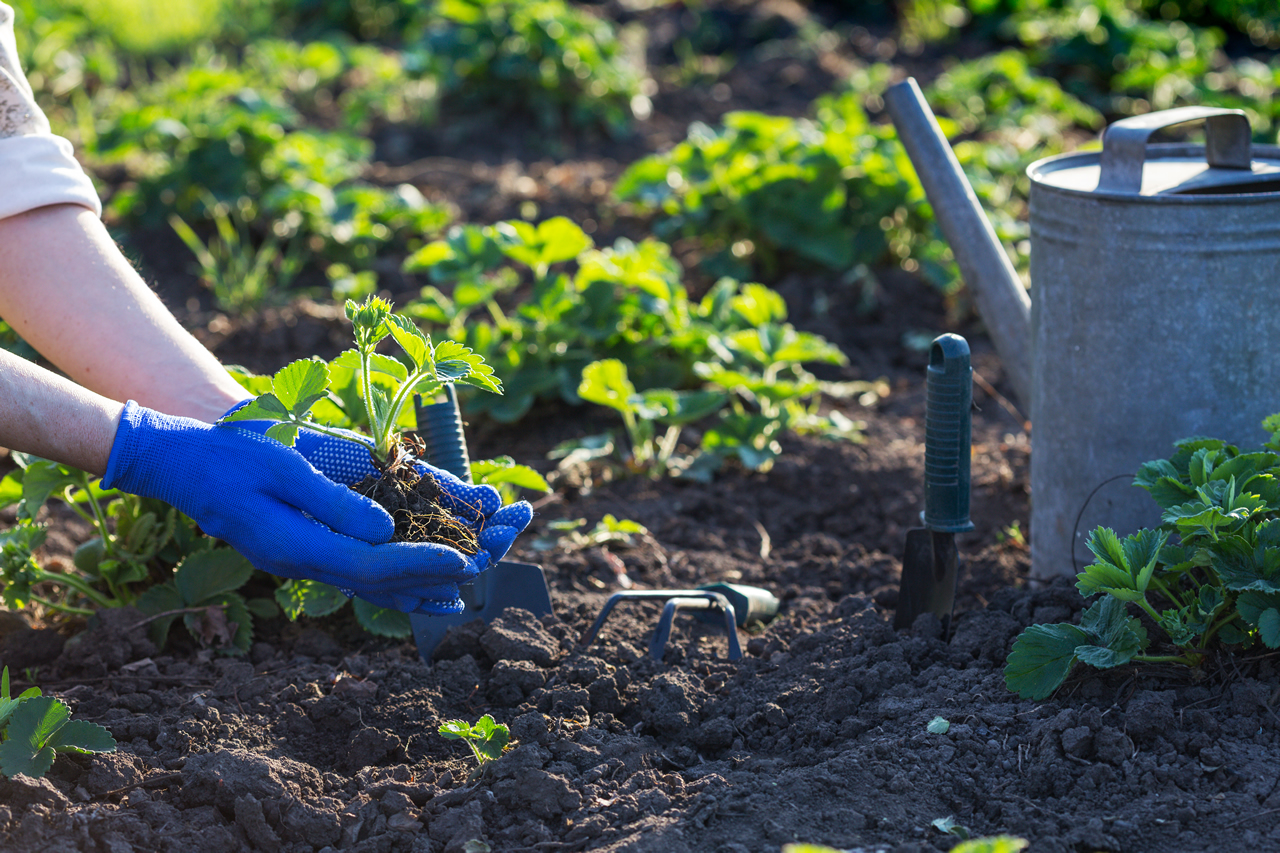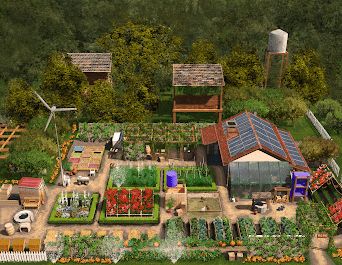Discover essential tips and techniques to start and maintain a successful vegetable garden in your backyard
Starting a vegetable garden is an excellent way to enjoy fresh, homegrown produce while also getting outdoors and connecting with nature. Whether you have a small patio or a spacious backyard, cultivating your vegetable garden can be a rewarding and fulfilling experience. In this guide, we'll walk you through the essential steps to start and maintain a thriving vegetable garden, even if you're a complete beginner.
Step 1: Choose the Ideal Location
The location of your vegetable garden plays a critical role in its success. To maximize growth, consider the following factors when selecting a site:
Sunlight: Most vegetables require at least 6-8 hours of direct sunlight per day. Choose a spot that receives consistent sunlight throughout the day.
Soil: Vegetables thrive in well-draining, fertile soil. Conduct a soil test to determine the quality of your soil and make any necessary amendments.
Accessibility: Select a location that is easily accessible for regular watering, weeding, and harvesting.
Step 2: Plan Your Garden Layout
Once you've chosen the ideal location, it's time to plan your garden layout. Consider the following when designing your vegetable garden:
Garden type: Choose a garden type that suits your space and needs, such as traditional in-ground beds, raised beds, or container gardens.
Spacing: Ensure adequate spacing between plants to promote healthy growth and prevent overcrowding. Consult seed packets or gardening guides for specific spacing requirements for each vegetable.
Plant arrangement: Arrange your plants according to their growing habits, placing taller plants on the north side of the garden to avoid shading smaller plants.
Step 3: Select Your Vegetables
When selecting vegetables for your garden, consider your personal preferences, growing conditions, and available space. Here are some tips for choosing the right vegetables:
Consider your climate: Choose vegetables that are suitable for your local climate and growing season. Consult local gardening resources or your region's planting calendar for guidance.
Start with easy-to-grow varieties: For beginners, opt for low-maintenance, easy-to-grow vegetables such as lettuce, radishes, carrots, and tomatoes.
Rotate your crops: Practice crop rotation to prevent soil depletion and reduce the risk of pests and diseases.
Step 4: Prepare the Soil
Healthy soil is crucial for a successful vegetable garden. Follow these steps to prepare your soil for planting:
Test and amend the soil: Conduct a soil test to determine its pH, nutrient levels, and texture. Amend the soil as needed with organic matter, such as compost or aged manure, to improve its fertility and structure.
Till or loosen the soil: Turn over the soil to a depth of 12-18 inches using a garden fork or tiller to break up any compacted areas and improve aeration and drainage.
Level the surface: Rake the soil to create a smooth, even surface for planting.
Step 5: Plant Your Seeds or Seedlings
Once your soil is prepared, it's time to plant your seeds or seedlings. Follow these general guidelines for planting:
Timing: Plant seeds or seedlings according to their recommended planting dates, which can typically be found on seed packets or in gardening guides.
Planting depth: Sow seeds at the appropriate depth, usually 2-3 times the seed's diameter. Transplant seedlings at the same depth they were growing in their original containers.
Watering: Water seeds and seedlings gently and consistently, ensuring the soil remains consistently moist but not waterlogged.
Step 6: Care for Your Growing Vegetables
Proper care is essential for a thriving vegetable garden. Follow these tips to nurture your plants and promote healthy growth:
Watering: Water your vegetable garden consistently, providing approximately 1 inch of water per week. Adjust your watering schedule based on rainfall, temperature, and the specific needs of your plants.
Mulching: Apply a 2-3 inch layer of organic mulch, such as straw or shredded leaves, around your plants to conserve moisture, suppress weeds, and regulate soil temperature.
Fertilizing: Feed your vegetables with a balanced, organic fertilizer according to the package instructions or as recommended by a soil test.
Weeding: Regularly remove weeds from your garden, as they compete with your vegetables for nutrients, water, and sunlight.
Step 7: Monitor for Pests and Diseases
Keep an eye out for pests and diseases that can damage your vegetable garden. Implement the following strategies to protect your plants:
Inspect your plants: Regularly inspect your vegetables for signs of pests or diseases, such as discolored leaves, holes, or wilting.
Practice prevention: Maintain a clean and healthy garden by removing dead leaves, debris, and overripe fruits, which can attract pests and harbor diseases.
Use organic pest control methods: Opt for organic pest control methods, such as introducing beneficial insects, using barriers, or applying natural pesticides, when necessary.
Step 8: Harvest Your Vegetables
The final step in cultivating a successful vegetable garden is enjoying the fruits of your labor. Follow these tips for harvesting your vegetables:
Timing: Harvest your vegetables at the peak of ripeness for optimal flavor and nutrition. Consult seed packets or gardening guides for specific harvest times for each vegetable.
Technique: Use clean, sharp tools to harvest your vegetables, such as scissors, pruning shears, or a knife. Be gentle to avoid damaging the plant or bruising the produce.
Storage: Properly store your harvested vegetables to maintain freshness and quality. Different vegetables have varying storage requirements, so research the best practices for each type.
Starting and maintaining a thriving vegetable garden is a rewarding endeavor that allows you to enjoy fresh, homegrown produce and connect with nature. By following this step-by-step guide, even beginners can cultivate a successful vegetable garden, reaping the benefits of healthy, delicious vegetables straight from their backyard.





